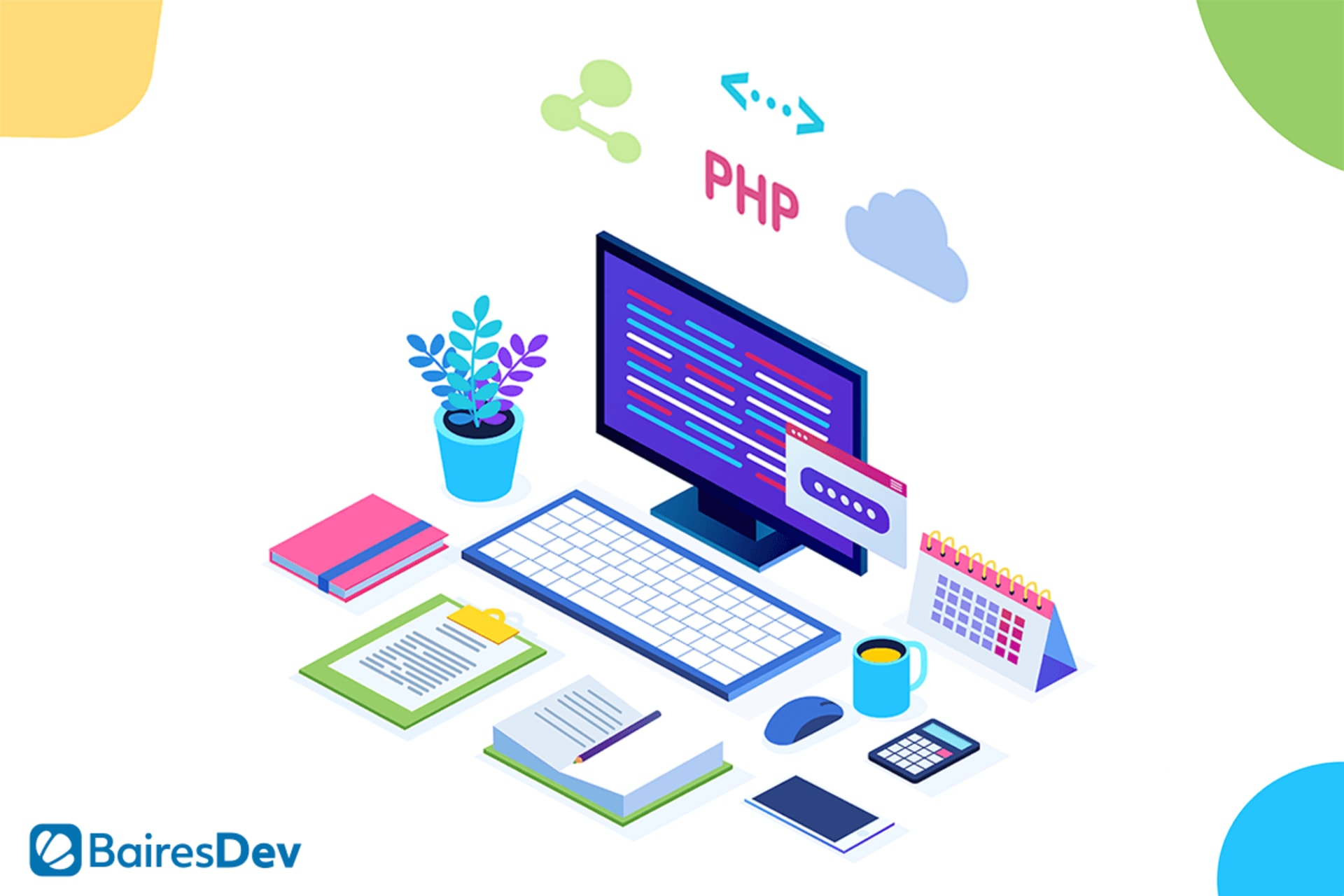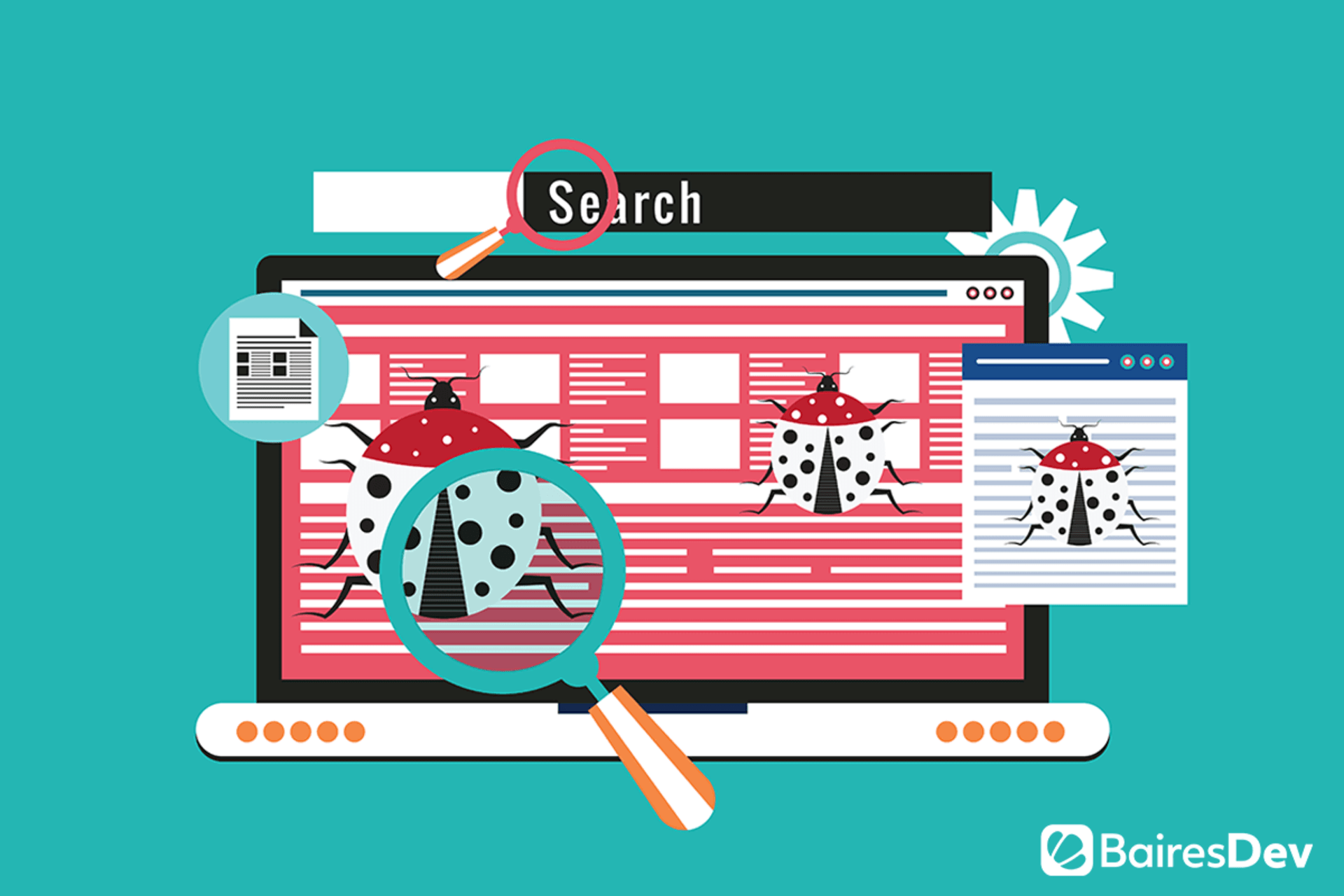Amazon, Uber, Spotify, Netflix, Slack, Meta, Google, Airbnb, Pinterest, and Wikipedia are just a handful of the many applications and websites that leverage Java. Released in 1996, the programming language quickly skyrocketed in popularity. Today, it is still widely used in a variety of settings and across industries to build many different types of software and applications, such as mobile applications, web apps, web servers, cloud apps, chatbots, enterprise apps, big data software, web servers, and desktop GUI applications.
And any developer knows that even the most powerful language is not enough to create powerful products — you also need the right toolkit. In this context, mastering Java integration testing plays a critical role in ensuring that different components of your application work seamlessly together. But with so many different tools available to support your development efforts — targeted to different languages and types of software — how do you know which ones are the best suited to your project?
To help you answer that question, we have put together a list of the top Java testing frameworks to support you in your Java development efforts.
What are Java Testing Frameworks?
Before we dive into the frameworks themselves, let’s briefly discuss the importance of testing. This is a critical part of the development process, and it is too often overlooked. Not only is it crucial for identifying defects, but it also allows teams to evaluate their projects for features like performance, functionality, user experience, security, load capacity, and much more. As part of the quality assurance (QA) process, teams usually perform both manual and automated testing. Automated testing, as you can probably guess, is far less time-consuming.
Among the different types of testing, mastering Java unit testing is essential for validating individual components and ensuring a stable foundation for larger systems.
Java testing frameworks are tools that help developers, testers, and QA engineers with test automation. They streamline the process of writing and executing tests by establishing rules, guidelines, and requirements for the process.
Testing frameworks offer different sets of features, such as assertions, mocking, data management, and test runners. These attributes make the process easier and more productive. They also speed up time to market. This is important in an environment where technology is rapidly changing and evolving and the competition is fierce.
The goal of testing is to ensure that the software is secure, user-friendly, reliable, functional, and less error-prone. Automation, meanwhile, allows professionals to create tests more easily, efficiently, and quickly, while also maximizing coverage.
Testing became intrinsic to the development process early on, although more and more, developers are recognizing its importance. Almost as soon as Java was released, it became apparent that automated testing was critical for improving the quality of software and speeding up the overall development process.
JUnit, created in 1997, is one of the earliest examples of a Java testing framework. Although it’s no longer the only tool of its kind, it still remains one of the most popular.
Frameworks Vs Libraries
Although they are often used interchangeably, frameworks and libraries are not the same. They are both tools that facilitate quicker, easier development, but a library is a collection of ready-to-use code snippets, while a framework is a set of principles, tools, and guidelines for application development.
To break it down further, libraries contain application programming interfaces (APIs) that facilitate defined tasks, carrying out operations as specified. Meanwhile, frameworks offer structure and instructions on what the developer should do to create a solid application.
Here, we will primarily focus on frameworks, although we will occasionally discuss a library that is widely used in Java testing.
The Benefits of Using a Java Testing Framework
Why should you use a Java testing framework? There are numerous advantages:
- EFFICIENCY: Thanks to the guidelines, tools, and reusable components testing frameworks offer, you will test with greater speed and efficiency. This speeds up the testing process, as well as improves productivity for the entire organization.
- AUTOMATION: Testing frameworks introduce automation to the process, which means far less manual labor on the part of the specialist — whether it’s the developer, tester, or QA engineer. In other words, there is far less work that the human needs to do.
- SECURITY: Security is one of the most important considerations when it comes to the development process. Your product needs to be safe to use and without vulnerabilities. Testing frameworks allow you to strengthen security by assessing the software for potential weaknesses before they become a problem.
- RELIABILITY AND CONSISTENCY: Testing frameworks enable you to automate assessments so they are consistent across platforms and environments. These tests are also far more reliable than manual evaluations, provided the scripting is sound.
- COVERAGE: With the assistance of frameworks, you are better equipped to increase testing coverage, thereby facilitating a more exhaustive and rigorous assessment process.
- INSTANT FEEDBACK: Automated testing, facilitated by these testing frameworks, offers real-time feedback to professionals, allowing them to address and resolve issues immediately, without stalling the development process.
The benefits of Java testing frameworks are clear. But there are also some things to think about when choosing the right tool for your project.
Things to Consider When Choosing a Tool Java Unit Tests
- TYPE OF PROJECT: Java is versatile and applicable to a wide range of projects. You will find that some testing frameworks are better suited to your particular project than others.
- INTEGRATIONS: How well does the framework in question function with the other tools you use in the development process? That’s something you need to think about when you’re introducing any new technology into your project.
- SKILL SET AND EASE OF USE: Consider the skill sets of your development and testing teams, as well as the learning curve associated with the framework. You want a tool that will be easy to use and won’t require significant time to learn. Some frameworks are easier to use than others, but they may offer additional benefits.
- SUPPORT AND RESOURCES: Technology always requires support. When choosing a testing framework, look for a tool that has plenty of documentation, a large community, and other assistance and support. That way, if you encounter problems, you’ll have access to resources for troubleshooting and guidance.
Now that you know what to consider when choosing a Java testing framework, let’s take a look at the best tools available.
The 7 Best Java Testing Frameworks Available in 2025
#1 JUnit
One of the first Java frameworks on the market, JUnit remains popular today thanks to its simplicity, ease of use, efficiency, and fast results. The open-source framework offers an API that facilitates seamless unit test writing and execution. Based on the test-driven development (TDD) approach — the philosophy that you should test code prior to implementation — JUnit’s goal is to improve code stability, increase productivity, and boost quality, helping developers identify bugs and issues earlier on in the development process.
The framework can also be applied to regression testing.
Key Features // Product Highlights
- Test assertions
- Console launcher
- Annotations
- Test runners
- Supports writing self-verifying tests
- Supported by major Java IDEs
#2 Selenium
Although Selenium is actually a library, it is worth mentioning here because it’s one of the most popular Java testing tools on the market. The open-source suite supports several languages aside from Java, such as Python, and creates test scripts to write automation tests for web applications across different browsers. Selenium tests also run on all major operating systems and platforms.
Key Features // Product Highlights
- Supports cross-browser testing
- Supports multiple programming languages
- Browser automation testing
- Supports data-driven testing
- Easy to learn
#3 Mockito
Mockito is a popular, open-source mocking framework for unit testing in Java. Using the framework, developers and QA specialists can create mock objects, including classes and interfaces, more easily because the tool automatically generates them for given interfaces. Ultimately, this allows for the more streamlined testing of complex systems.
Key Features // Product Highlights
- Simple setup
- Support for annotations
- Safe refactoring
- Verification support with argument matches
- Exception support
- Support for return values
- No need for manual writing of mock objects
#4 TestNG
TestNG was actually derived from JUnit. The versatile framework is flexible and supports multiple types of testing, including unit, functional, end-to-end, and integration testing. It was created to account for some of the limitations of the framework that inspired it. TestNG is especially helpful for scenarios where there are a number of test case that need to run. It’s possible to run tests in parallel, thereby improving efficiency and reducing the overall execution time. Additionally, the framework supports test grouping and prioritization.
Key Features // Product Highlights
- Reporting
- Data-driven testing support
- Multiple types of assertions
- Multi-threaded code safe tests
- Support for parameters
- Annotations
- API plugin
- Sequencing
#5 Cucumber
Cucumber is a behavior-driven development (BDD) testing framework that enables professionals to write test cases in natural English. This makes test development easier and individuals with a range of technical expertise to understand and alter the results.
Key Features // Product Highlights
- User-friendly interface
- Follows the agile methodology
- Code reusability
- Accessible to individuals with technical and non-technical skillsets
- Specification ability
#6 Serenity BDD
An open-source, automated testing framework, Serenity BDD was created for behavior-driven development (BDD). Using the flexible framework, Java developers and testing professionals can write clean, scalable, readable, and maintainable regression and acceptance tests. The test results help these professionals create illustrated, narrative reports with comprehensive descriptions of application functionalities.
Key Features // Product Highlights
- Produces comprehensive documentation
- Provides reports for project progress, test progress, results, and more
- Logging for requirements testing
- Provides documentation and feedback
- Support for web testing
#7 Spock
Based on Java and Groovy, Spock is a behavior-driven testing and specification framework for innovative unit and integration testing. It is possible to write Spock tests for any programming language that runs on the Java Virtual Machine (JVM). The framework provides a simple, expressive, and powerful syntax for writing test cases for many types of applications, including complex software and enterprise applications.
Key Features // Product Highlights
- Support for data-driven testing
- Comprehensive documentation
- Stubbing and mocking
- Excellent code readability
- Compatible with most Java IDEs and build tools
- Strong and simple Domain-Specific Language (DSL)
- User-friendly interface
Conclusion
Java testing frameworks are important tools for facilitating a stronger and more efficient testing and overall development process. The frameworks we have highlighted here offer a number of helpful features, from reporting to test case management to better organization. They also introduces greater flexibility to the process. One of the most important features they provide, of course, is automation, which reduces time and means less manual effort on the part of testing professionals and developers.
Combining the right frameworks with expert Java development services can further optimize testing workflows and improve overall software quality.
There are several important Java testing framework best practices you should keep in mind when using these and any other tools that support your development efforts. For example:
- Test early and frequently
- Use the framework that will best support your requirements and project needs
- Maintain logs, reports, and records
- Use descriptive and consistent naming conventions
- Write clear tests
- Be concise
- Automate as much as possible, while determining which tests are best suited to automation
- Monitor testing
- Make the process iterative
Ultimately, the best Java testing framework is one that provides maximum support to you and makes the development process easier for everyone involved, while enhancing the quality of your software. To ensure your projects are built efficiently and to the highest standards, hire Java developers who can expertly implement these frameworks and deliver robust solutions.






